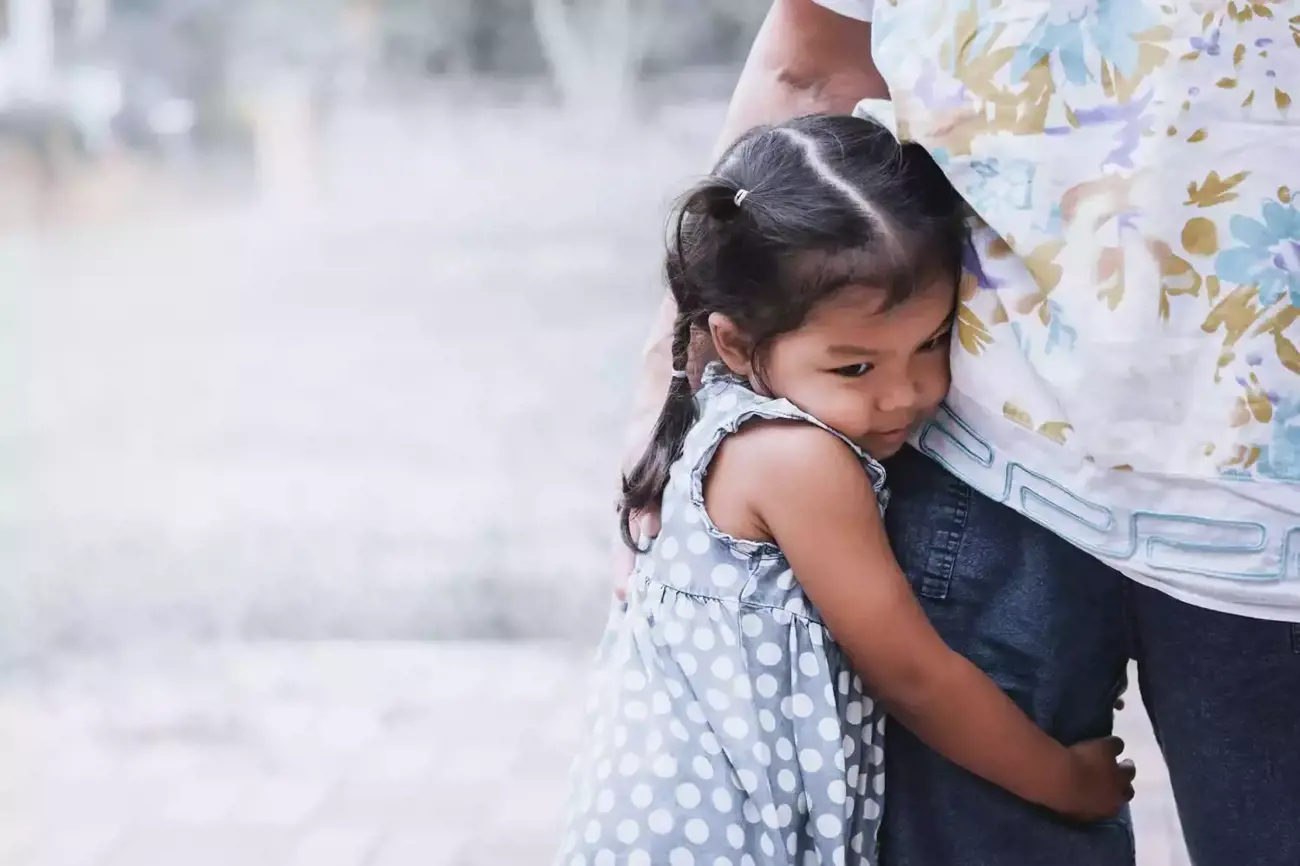Psychoanalyst, John Bowlby was the first person to describe ‘attachment’ and although it initially referred to the connection between a mother and child, we now know that attachment also plays a key role in early childhood education and care (ECEC).
In the ECEC context, secure bonds between educators and children help little ones to regulate their emotions and behaviours, develop social competencies, and venture confidently into the child care world, safe in the knowledge that a trusted adult has their back.
Healthy attachments support children’s play-based learning and lifelong learning, so let’s look at Bowlby’s theory of attachment, and see how educators and children can form secure attachments at ECEC.
What is Bowlby’s theory of attachment?
Attachment has been simply described as, ‘The bond that is formed between people as a result of their interactions,’ but Bowlby came up with his psychological theory of attachment when researching the extreme distress that infants experienced when separated from their parents.
He saw children crying, screaming and clinging when they wanted to avoid being separated from their parent, or when they saw them again, and came to the conclusion that these attachment behaviours were instinctive responses to the perceived threat of losing an attachment figure (someone who provides primary care, support and protection).
Attachment theory then developed as a framework for explaining attachment behaviours and helping us understand how children feel, in terms of security and insecurity.
R. Chris Fraley explains that Bowlby’s ‘attachment behavioural system’ asks whether an attachment figure is nearby, accessible and attentive:
- If the child thinks they are, they’ll feel secure, loved and confident, and will behave in playful, exploratory and social ways.
- If the child doesn’t think an attachment figure is available, they’ll feel anxious and will exhibit behaviours that can range from low-level visual searching to intense crying, screaming, clinging or avoidance of their adult.
What do different attachment relationships look like?
Attachment theory recognises that individual children will judge the availability of their attachment figure and regulate their behaviour in different ways, and research on Bowlby’s theory has identified three types of attachment relationships:
- Secure relationships, where children are confident that their primary care-giver will be available, comforting and helpful if a scary situation happens,
- Anxious-ambivalent relationships, where children aren’t sure whether their care-giver will be responsive or available, and
- Avoidant relationships, where children have lost all confidence that their care-giver will help them (because the adult constantly rejects them when they’re seeking comfort/protection).
In early childhood, it’s particularly important that children know they have a parent or other adult who will provide care and protection on a predictable basis, and a safe haven in times of need.
Adults who are caring, consistent, sensitive and responsive help children to feel secure; and the good news is that attachment relationships are stable, but also flexible. They can change as a result of new experiences or ways of thinking, and strong early attachments have the power to shape a child’s social, emotional and cognitive development in positive ways.
Lady Gowrie Child Centre says children’s developmental outcomes depend on how well adults can relate to them and help them develop secure attachments, and quality early childhood educators provide a secure base that children can explore from and safely return to.
How do early childhood educators form secure attachments with young children?
Lady Gowrie says, ‘Children form attachments with the adults who are caring for them through regular day-to-day activities and routines and by experiencing their caregiver’s responses through those routines – such as feeding, bathing, dressing, playing, and so on.’
In the ECEC setting, they say:
- Educators build and shape relationships with the children in their care by taking responsibility for improving relationships and encouraging positive interactions.
- They help youngsters to develop a sense of self and of others by providing warm and caring interactions that support each child’s sense of self-worth, self-esteem and confidence.
- They support under fives’ cognitive development by offering children interactions that help to ‘wire’ their brains and promote lifelong learning.
- Educators also make children feel safe and secure, so they can focus their time and energy on play, exploration and learning, instead of negative feelings, like fear or stress.
- Educators tailor their interactions to suit individual children, reading and responding to their signals, and being ‘emotional available’. This means they’re sensitive and responsive to children’s needs and help children to make sense of their emotions and cope with life’s challenges.
- They partner with children’s families to learn about each child and support the development of secure attachments. For example, an educator might mirror home routines around soothing or feeding, so that new ECEC experiences feel familiar to a young child.
- Educators model regulated behaviours that help children learn what’s expected of them, and they respond in a calm, consistent, predictable and supportive way in different situations.
If a challenging behaviour emerges, a quality educator will focus on the child’s need, rather than behaviour, and teach them how to better express this need. For example, if a child feels a need for connection and is acting in a disruptive, attention-seeking way, they’ll be taught to seek out an adult.
All in all, quality educators provide much more than just a shoulder to cry on. They carefully and consistently build secure attachments with children, and help youngsters to feel safe, listened to, and delighted in. Confidence grows, competencies develop, and the child care environment becomes a place of wonder, not worry, for little people.
References
































